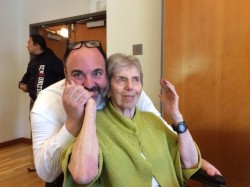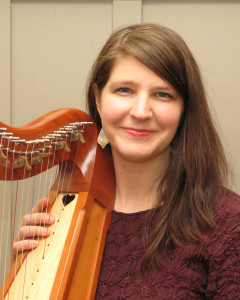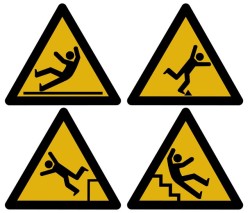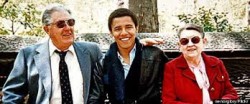Tips for Holidays 2016 – Rebecca Crichton
That Time of Year Again – Tips for Navigating the Holiday Season Rebecca Crichton, Executive Director, Northwest Center for Creative Aging We are already starting to gear up for the holiday season. For many, the period from Halloween through year’s end causes dread. The shortening days...


 Andrew Cohen, of
Andrew Cohen, of  "My work as a therapeutic harpist is a service and not a performance. I don't expect any kind of recognition," multi-talented Seattle musician Monica Schley explained when she sat down to discuss her experience as a Certified Clinical Musician. Most of Schley's musical roles, such as her chamber-pop band, The Daphnes, or role in the experimental pop opera, "Now I'm Fine," involve performance and entertainment but through her service as a therapeutic musician, she says, she's found "soul purpose" and improved aspects of her musicianship. Schley began her journey with the harp at the age of 14. Since then she's gained mastery of her instrument and acquired a wide repertoire of music which will soon debut on her first full length album "
"My work as a therapeutic harpist is a service and not a performance. I don't expect any kind of recognition," multi-talented Seattle musician Monica Schley explained when she sat down to discuss her experience as a Certified Clinical Musician. Most of Schley's musical roles, such as her chamber-pop band, The Daphnes, or role in the experimental pop opera, "Now I'm Fine," involve performance and entertainment but through her service as a therapeutic musician, she says, she's found "soul purpose" and improved aspects of her musicianship. Schley began her journey with the harp at the age of 14. Since then she's gained mastery of her instrument and acquired a wide repertoire of music which will soon debut on her first full length album " ng cause of injury-related hospitalization for older adults. If you're 65 years of age or over you have a 1 in 3 chance of falling. More than 12,000 people in Washington are hospitalized for a fall each year causing skilled nursing stays, loss of independence and fatalities at disturbing rates. So, starting now, September 23rd, National Falls Prevention Awareness Day, please take a minute to consider the information offered to help you and your loved ones stay safe from falls. Falls aren't a normal part of aging. For the most part they're preventable which means that your awareness and proactive decisions make a difference. The risk factors that cause falls are known and can be addressed in three steps:
ng cause of injury-related hospitalization for older adults. If you're 65 years of age or over you have a 1 in 3 chance of falling. More than 12,000 people in Washington are hospitalized for a fall each year causing skilled nursing stays, loss of independence and fatalities at disturbing rates. So, starting now, September 23rd, National Falls Prevention Awareness Day, please take a minute to consider the information offered to help you and your loved ones stay safe from falls. Falls aren't a normal part of aging. For the most part they're preventable which means that your awareness and proactive decisions make a difference. The risk factors that cause falls are known and can be addressed in three steps: Those are the words of President Barack Obama in his
Those are the words of President Barack Obama in his